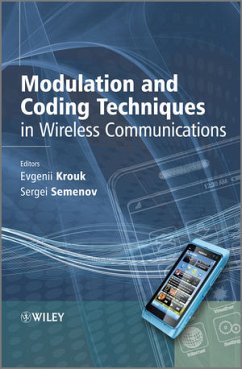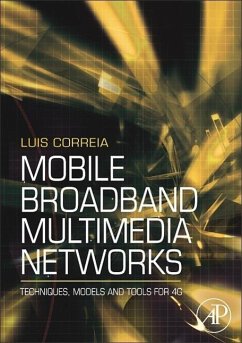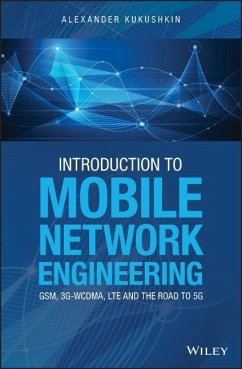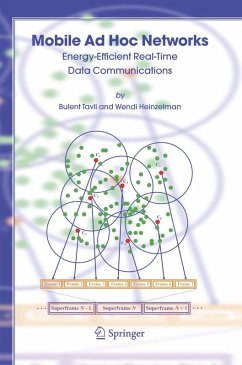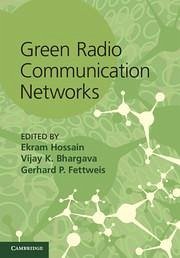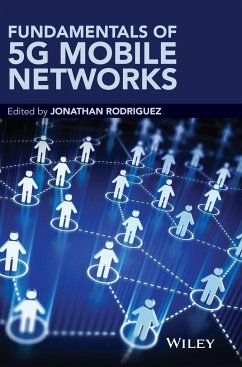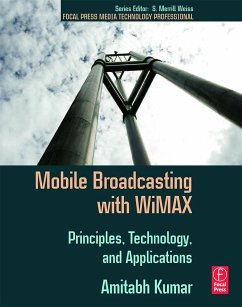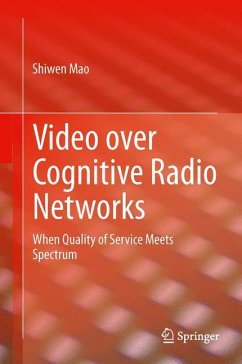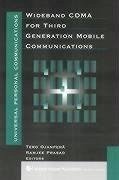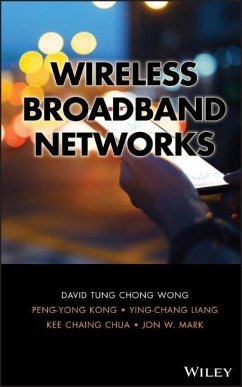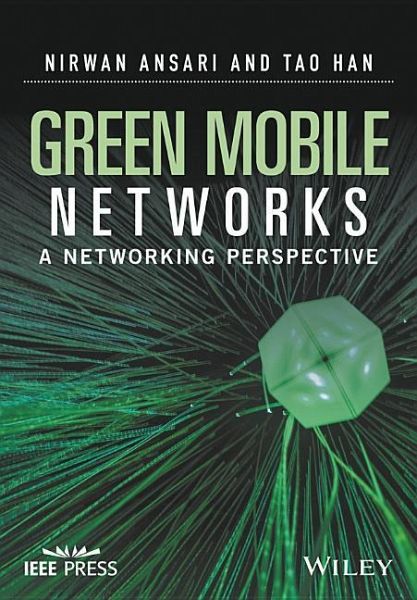
Green Mobile Networks
Versandkostenfrei!
Versandfertig in über 4 Wochen
114,99 €
inkl. MwSt.
Weitere Ausgaben:

PAYBACK Punkte
57 °P sammeln!
Combines the hot topics of energy efficiency and next generation mobile networking, examining techniques and solutions Green communications is a very hot topic. Ever increasing mobile network bandwidth rates significantly impacts on operating costs due to aggregate network energy consumption. As such, design on 4G networks and beyond has increasingly started to focus on 'energy efficiency' or so-called 'green' networks. Many techniques and solutions have been proposed to enhance the energy efficiency of mobile networks, yet no book has provided an in-depth analysis of the energy consumption is...
Combines the hot topics of energy efficiency and next generation mobile networking, examining techniques and solutions Green communications is a very hot topic. Ever increasing mobile network bandwidth rates significantly impacts on operating costs due to aggregate network energy consumption. As such, design on 4G networks and beyond has increasingly started to focus on 'energy efficiency' or so-called 'green' networks. Many techniques and solutions have been proposed to enhance the energy efficiency of mobile networks, yet no book has provided an in-depth analysis of the energy consumption issues in mobile networks nor offers detailed theories, tools and solutions for solving the energy efficiency problems. This book presents the techniques and solutions for enhancing energy efficiency of future mobile networks, and consists of three major parts. The first part presents a general description of mobile network evolution in terms of both capacity and energy efficiency. The second part discusses the advanced techniques to green mobile networks. The third part discusses the solutions that enhance mobile network energy efficiency as well as providing future directions. Whilst the reader is expected to have basic knowledge of wireless communications, the authors present a brief introduction of the evolution of mobile networks, providing the knowledge base for understanding the content of the book. In addition, complicated network problems are illustrated using simple examples. This will help the reader to understand the concept and intuition of various techniques and solutions. * Incorporates the latest research results from both academia and industry, providing an up-to-date overview of existing technologies and solutions on making mobile networks greener * Consists of three sections with a gradually increasing technical depth on green mobile networks, providing the reader with a systematic view of the research area, and helping those with different technical backgrounds to better understand the content * Covers existing enabling technologies for green mobile networking, including an innovative discussion of state-of-the-art solutions and algorithms




